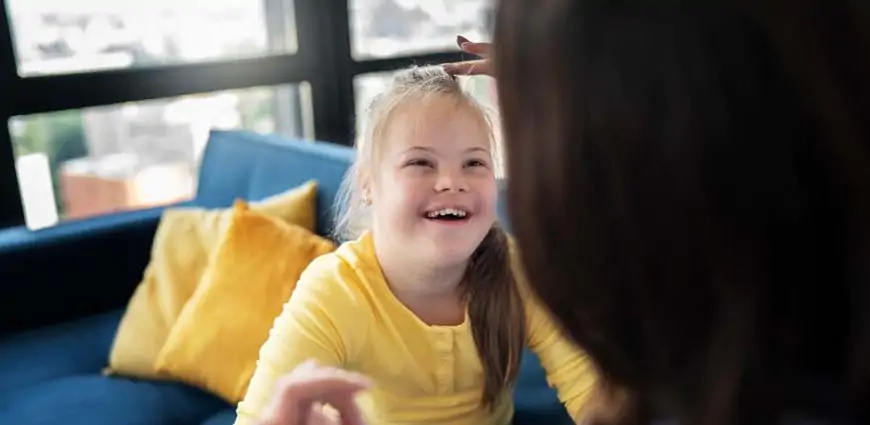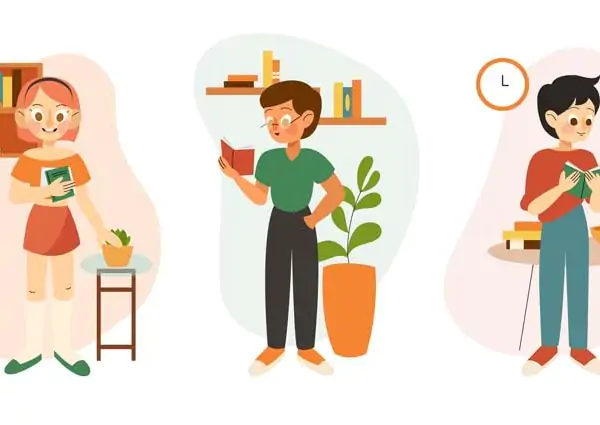Understanding the concept of hot and cold is a crucial part of a preschooler’s educational journey, blending science with sensory experience. It’s not just about learning temperature differences; it’s about exploring a fundamental aspect of their world and ensuring their safety. This blog delves into the creative world of hot and cold activities designed for preschoolers. From simple sensory experiences to engaging science experiments, these activities are crafted to stimulate a child’s curiosity, enhance observational skills, and offer a hands-on approach to learning. We will explore various methods to make the concept of hot and cold both educational and fun, laying a solid foundation for future scientific understanding and everyday safety.
Understanding the Hot and Cold Concept
A basic understanding of temperature is a crucial life skill. Preschoolers can learn the differences between hot and cold through various simple yet effective activities. These concepts are best introduced through direct experiences, where children can feel the temperature differences and learn the appropriate language to describe them.
Exploring temperature with preschoolers offers numerous benefits:
Sensory Development: Sensory experiences are vital for building neural connections in the brain. Engaging with hot and cold objects helps children develop their tactile sense and learn to differentiate between different sensations.
Language Development: As children explore temperature, they encounter new words and concepts related to hot and cold. This helps expand their vocabulary and understanding of the world.
Cognitive Development: By comparing and contrasting temperatures, children begin to develop critical thinking skills, such as categorization and classification.
Science Awareness: Exploring hot and cold introduces children to basic scientific concepts like heat transfer and temperature change, laying the foundation for future scientific understanding.
Hot and Cold Sensory Activities
Ice Painting: A fun way to explore cold temperatures is through ice painting. Freeze coloured water in ice cube trays and let children use these as ‘paintbrushes’ on paper. As the ice melts, it creates a unique pattern, and children experience the cold sensation and the process of melting.
Warm and Cool Dough Play: Create two batches of play dough, one warmed slightly in the microwave and the other cooled in the fridge. Let the children feel the difference in temperature and texture. This activity is not only about temperature but also a great sensory play.
Hot and Cold Treasure Hunt: Hide objects that are safe to heat (like small stones) and cool (like marbles in a fridge). Organise a treasure hunt where children need to find these items and sort them based on their temperature.
Hot and Cold Activities for Preschoolers
Sorting Activities: Use a range of items that are hot and cold (pictures, toys, etc.) and ask children to sort them into hot or cold categories. This activity enhances their categorization skills and reinforces the concept of temperature.
Temperature Tactile Boards: Create boards with materials that feel hot or cold to the touch, like metal for cold and fabric for warm. Let children touch and feel these textures and discuss the sensations.
Cooking Simple Recipes: Engage children in cooking activities with safe, preschool-friendly recipes. Activities like making ice cream or baking cookies can help them understand how temperature changes the state of different ingredients.
Weather Charting: Introduce a weather chart in the classroom. Let children record daily temperatures and discuss how the weather feels – is it a hot day or a cold day? This also introduces them to the broader concept of climate and weather patterns.
Exploring Temperature Through Storytelling
A captivating way to introduce the concept of hot and cold to preschoolers is through storytelling. Craft a simple story where characters experience different temperatures – like a sunny day at the beach (hot) or a snowy winter adventure (cold). This method not only makes the learning process enjoyable but also helps children associate and remember temperature concepts better. Interactive storytelling can include tactile elements like warm blankets or ice packs to make the experience more engaging. This approach nurtures imagination and aids in the cognitive understanding of temperature differences, making learning a delightful adventure for young minds.
Science Experiments with Temperature
Preschoolers are naturally curious, and simple science experiments can be a great way to explore hot and cold concepts. Conducting safe experiments like watching ice melt and turn to water, or observing steam rise from warm water, can be both fun and educational. These activities offer hands-on experience with temperature changes and states of matter. As children observe and question these transformations, they develop critical thinking and scientific inquiry skills. Moreover, such experiments provide a foundation for understanding more complex scientific concepts in later years, making them a valuable addition to any preschool curriculum.
Safety First
While exploring these activities, it’s crucial to ensure safety. Always supervise preschoolers during these activities, especially when they involve objects that can be extremely hot or cold. Educate them about the dangers of extreme temperatures, like burns from hot objects or frostbite from extremely cold items.
Bringing It All Together
Incorporating hot and cold activities into the curriculum not only enhances sensory development but also lays the foundation for scientific understanding. These activities foster observational skills, language development, and cognitive growth.
Hot and cold activities are essential tools in the world of early childhood education, providing more than just basic knowledge. They open doors to new ways of understanding the world for preschoolers, blending fun with learning. These activities not only teach about temperatures but also enhance sensory development, observational skills, and basic scientific understanding. As educators and parents, our role is to guide children through these learning experiences, making them as enriching as they are enjoyable. Remember, the journey of learning about hot and cold is as crucial as the knowledge itself. Through thoughtful and engaging activities, we can spark a lifelong curiosity and love for learning in our children, setting them on a path of discovery and growth.
At EuroKids, we understand the importance of early childhood education and sensory development. Our curriculum is designed to stimulate young minds in a safe and nurturing environment. Our approach to learning through play, especially in understanding fundamental concepts like temperature, ensures that children enjoy their educational journey while acquiring essential life skills.
Join us at EuroKids, where we make learning about the world an adventure for every child. Discover a world of fun, learning, and growth for your preschooler. Visit our website to learn more.











